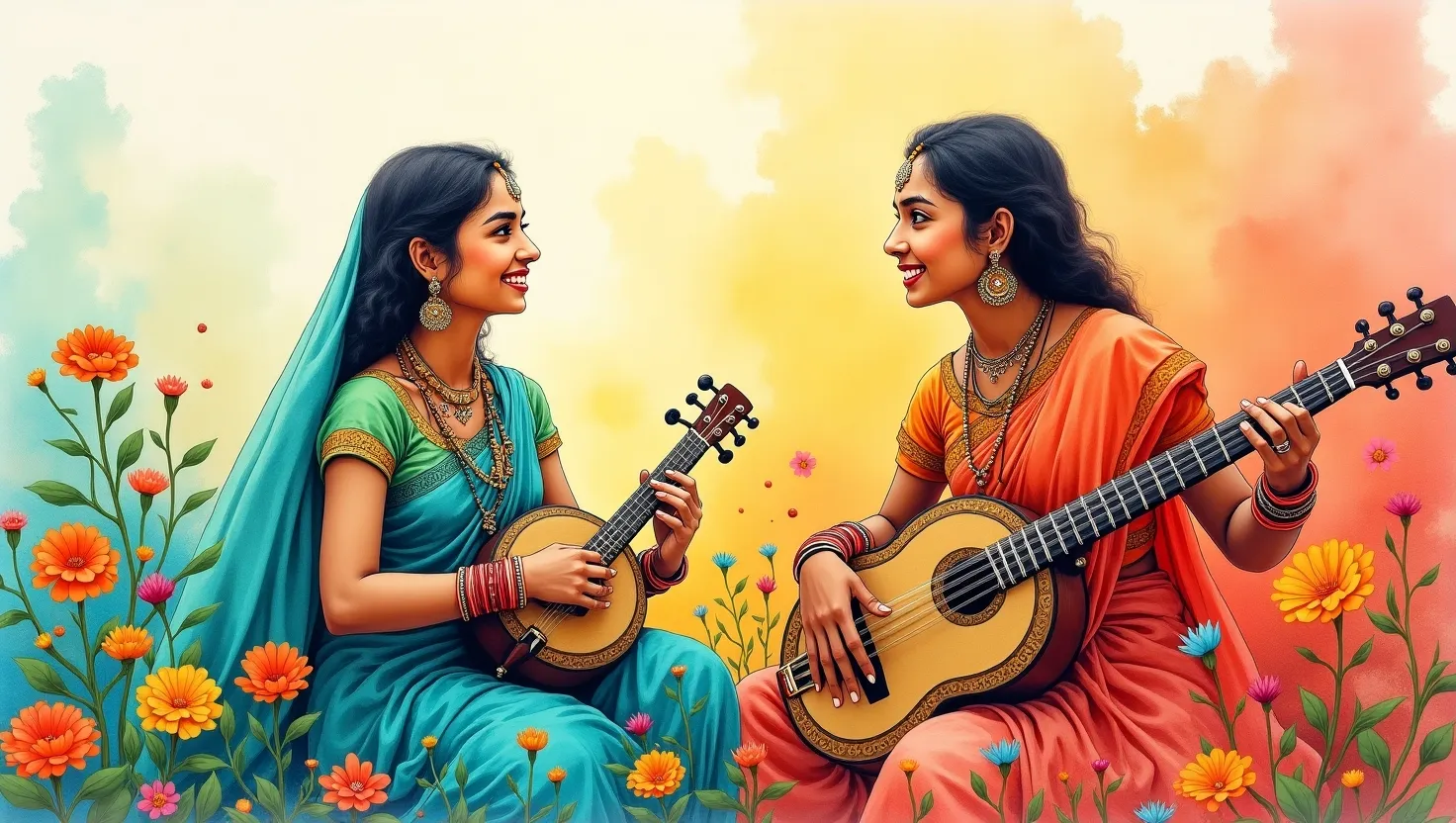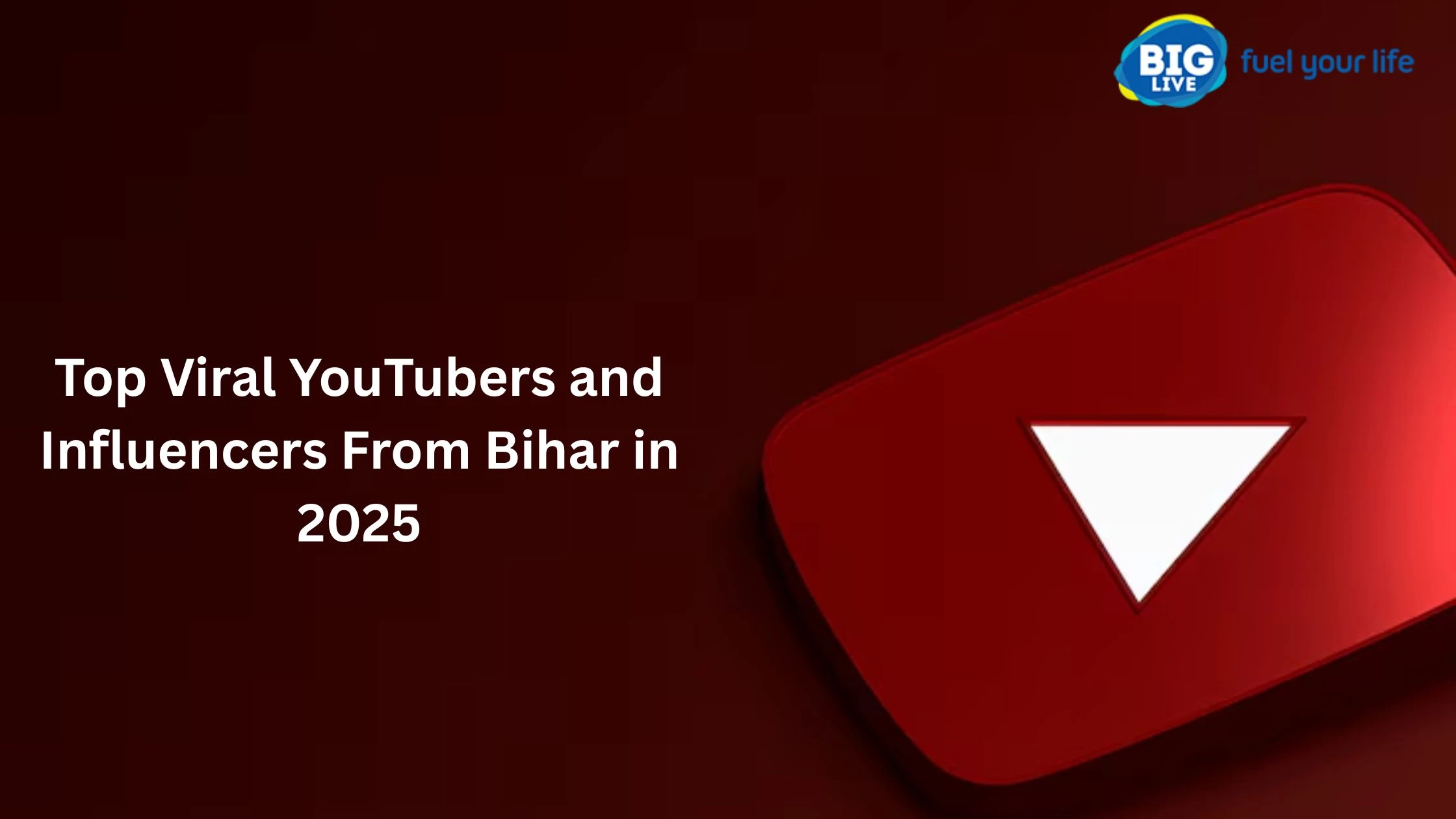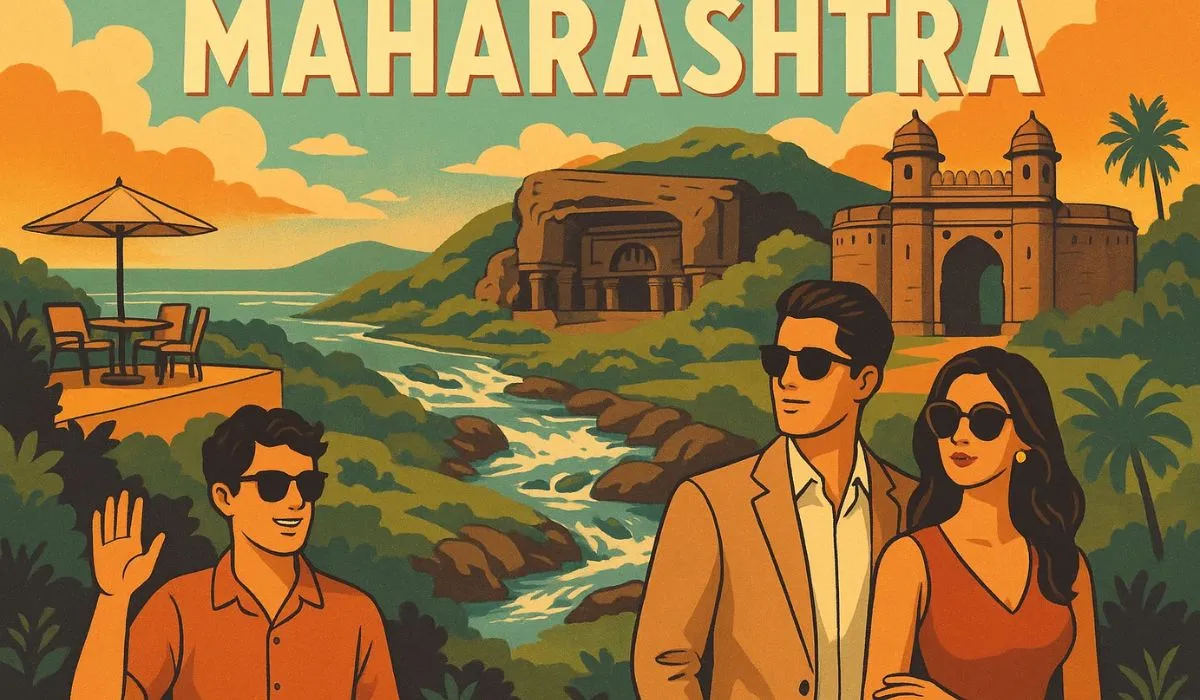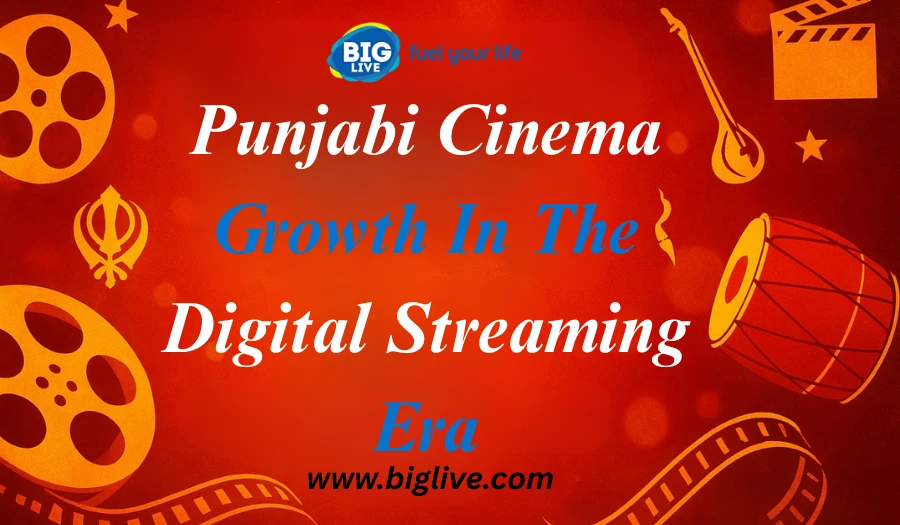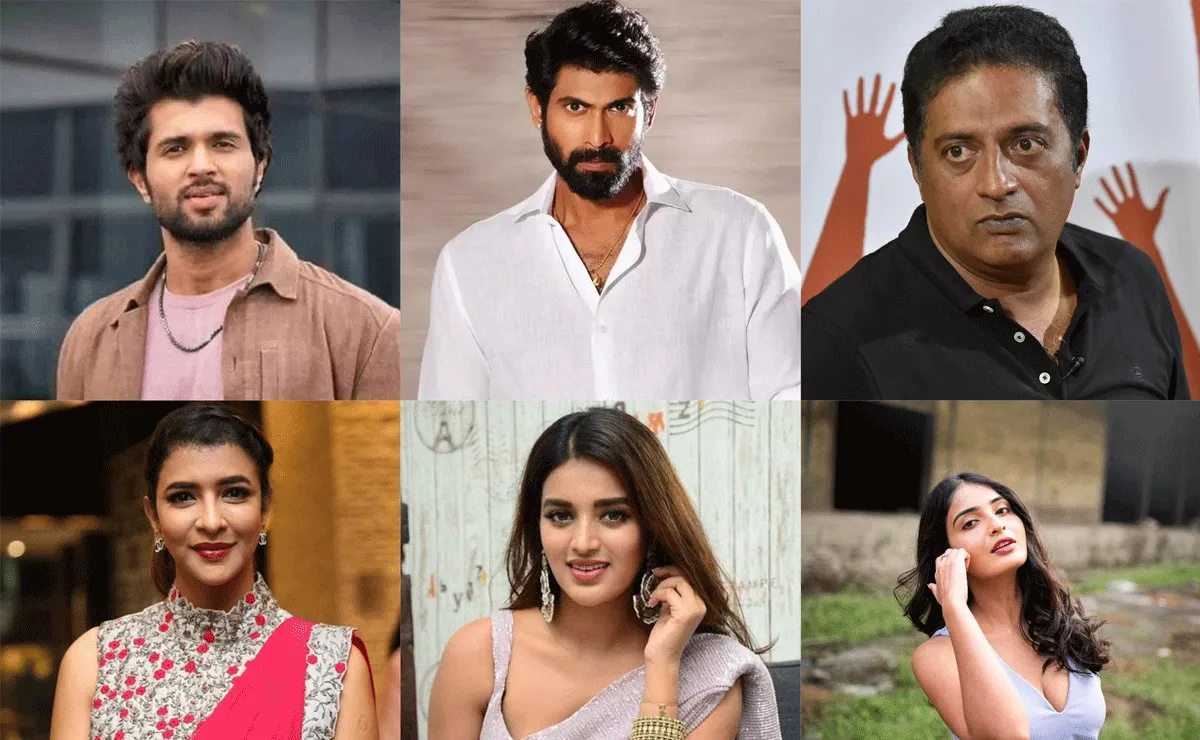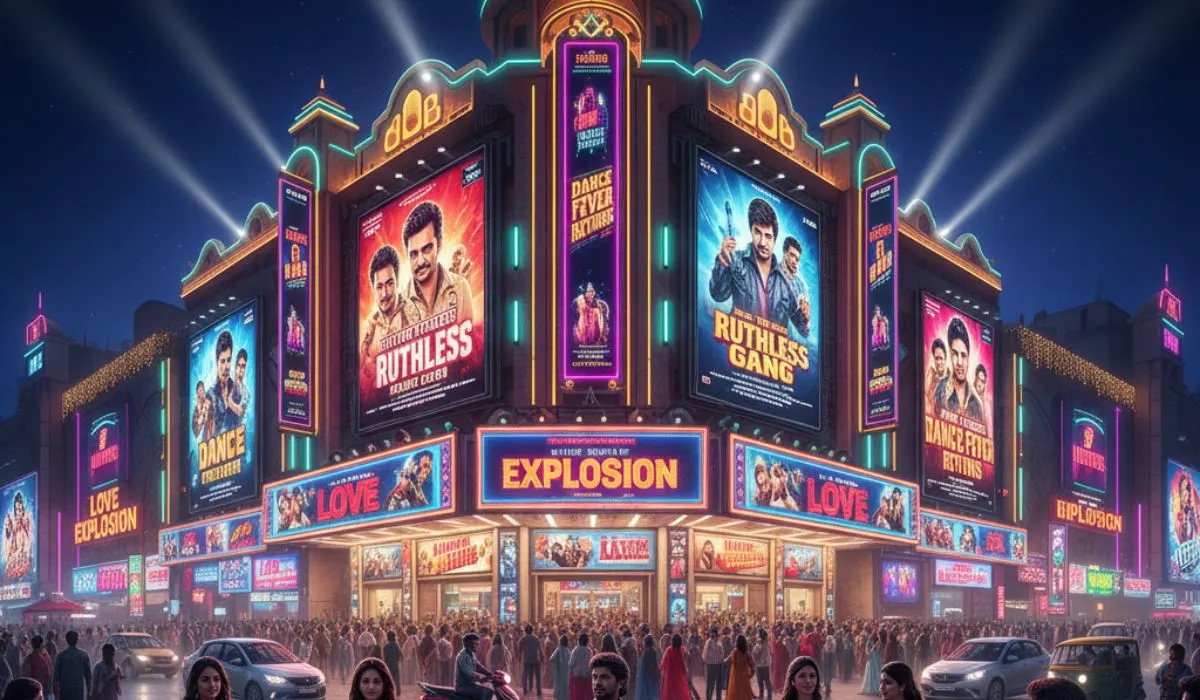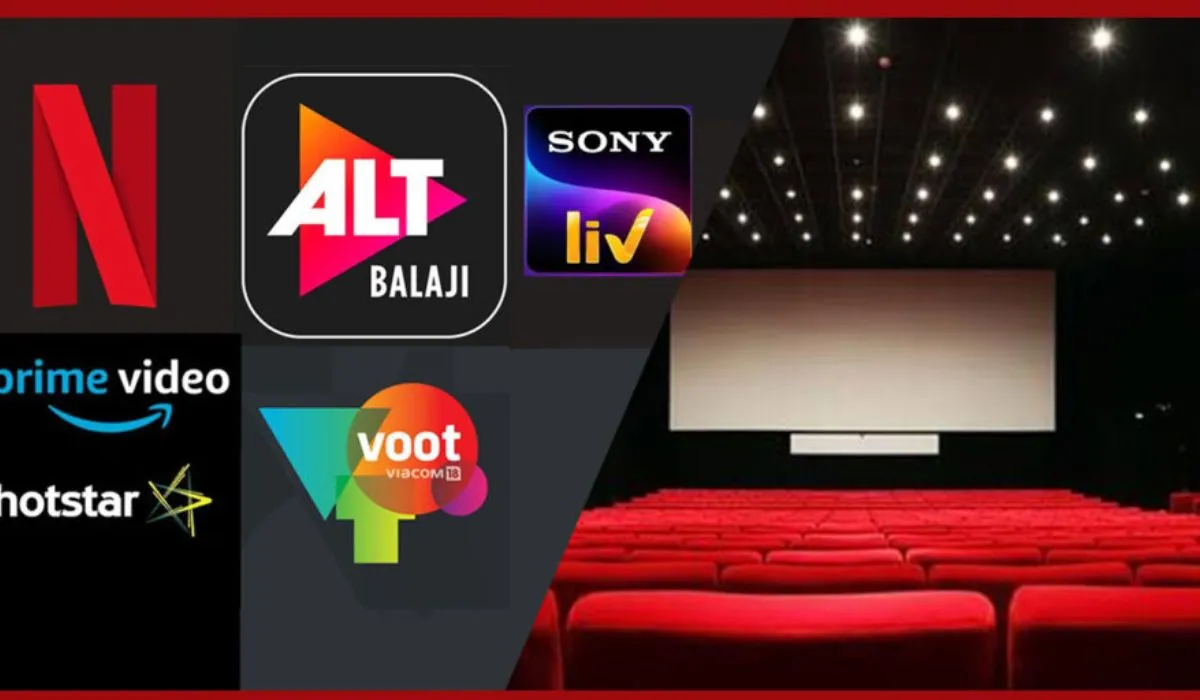Have you ever wondered how Indian music festivals began? I'm going to take you on a colorful journey through time, exploring how these amazing celebrations of sound and culture have grown over the years. From ancient temple gatherings to today's big outdoor events, Indian music festivals have a rich story to tell!
History Of Indian Music Festivals: From Ancient Roots to Modern Beats
India's relationship with music goes back thousands of years. Music isn't just entertainment here – it's a way to connect with our heritage, spirituality, and each other. Let's look at how Indian music festivals started and how they've changed over time.
The Ancient Beginnings of History Of Indian Music Festivals
Long ago, music festivals in India weren't like the big events we see today. They were smaller gatherings that happened at temples and royal courts. Kings and queens would invite talented musicians to perform during special occasions like:
- Religious holidays
- Harvest celebrations
- Royal birthdays
- Seasonal changes
These early music gatherings were deeply connected to India's religious practices. Temples would host traditional music festivals where devotional songs would echo through sacred spaces. Musicians would sing and play to honor gods and goddesses, especially during important festivals like Navaratri and Shivaratri.
Medieval Period: Royal Patronage Shapes Musical Traditions
During the medieval period (around 1000-1700 CE), music festivals in India flourished under royal support. Kings and nobles became important patrons of music, and this changed how music was performed and enjoyed.
The courts of rulers like:
- Akbar the Great
- Raja Man Singh
- Krishna Deva Raya
- Maharana Kumbha
These rulers didn't just enjoy music – they brought together musicians from different backgrounds, creating new styles and traditions. Court musicians would compete in friendly contests during special classical music festivals in India, showing off their skills and creativity.
One of the most important developments during this time was the growth of the gharana system. These were like musical families or schools, each with their own special style and techniques. Many of today's Indian music festival traditions can be traced back to these gharanas.
Colonial Era: Western Influences and New Directions
When the British came to India, they brought their own musical traditions. This time of mixing created interesting changes in the history of Indian music festivals timeline:
- Western instruments like the violin and harmonium found their way into Indian music
- New performance spaces appeared, like concert halls instead of only temples and courts
- Music started to become more organized with formal concerts and ticketed events
- More people could enjoy music, not just royalty and religious leaders
During this time, music also became linked with India's fight for freedom. Patriotic songs would be performed at gatherings, stirring people's hearts and bringing them together against colonial rule. Songs became powerful tools for expressing hopes for independence.
Post-Independence Era: Building a National Identity (1947-1970s)
After India gained independence in 1947, there was a strong desire to celebrate Indian culture and heritage. The government supported traditional arts, and new music festivals in India were started to showcase our rich musical traditions.
Some important festivals that began during this time include:
- Sangeet Natak Akademi's music conferences (started in 1950s)
- Dover Lane Music Conference (1952)
- ITC Sangeet Sammelan (1971)
- Sawai Gandharva Music Festival (grew in prominence)
These events focused mainly on classical forms like Hindustani and Carnatic music. They helped preserve traditional styles during a time of rapid change and gave talented musicians platforms to perform.
Radio also played a big role in this period. All India Radio broadcasts brought music from different parts of the country to listeners everywhere, helping spread awareness about various classical music festivals in India.
The Folk Revival: Celebrating Regional Traditions (1960s-1980s)
While classical music received much attention after independence, the 1960s and 70s saw growing interest in India's rich folk traditions. Scholars, musicians, and cultural organizations began documenting and promoting regional music styles that had been passed down for generations.
Festivals celebrating folk music started appearing across the country:
- Lok Tarang (various locations)
- Pushkar Mela (Rajasthan)
- Hornbill Festival (Nagaland)
- Ziro Festival (early versions in Arunachal Pradesh)
These gatherings showcased the incredible diversity of Indian folk music, from the desert songs of Rajasthan to the mountain melodies of the Northeast. Many of these traditional celebrations have grown into major music festivals in India that continue today.
The government's Sangeet Natak Akademi and regional cultural bodies worked to document these traditions and support folk artists. This period was crucial in preserving styles that might otherwise have been lost as India modernized.
Modern Evolution: The Birth of Contemporary Music Festivals (1980s-2000s)
The 1980s and 90s brought big changes to the history of Indian music festivals. Television, cassette tapes, and later CDs made music more accessible than ever before. India was also opening up to global influences, and this affected how music festivals were organized.
The Rise of Commercial Music Festivals
As India's economy grew, so did entertainment industries. Music companies and sponsors began organizing larger, commercially-oriented festivals. These events featured:
- Popular film music stars
- Emerging independent artists
- Fusion music blending Indian and Western styles
- Professional sound and lighting production
The Filmfare Awards and Screen Awards added musical performances, turning award shows into mini music festivals. Corporate-sponsored events like the Levi's Music Festival in the 1990s brought together different musical styles on one stage.
Jazz and Blues Come to India
The late 1980s and 90s also saw specialized festivals focusing on international genres. The Jazz Yatra in Mumbai (started in 1978 but grew significantly in this period) became an important platform for jazz musicians from India and abroad.
The Jazz Utsav in Delhi and later the Mahindra Blues Festival in Mumbai created spaces for these global genres to connect with Indian audiences and musicians. These events added new dimensions to the history of Indian music festivals timeline, bringing international sounds into conversation with Indian traditions.
The Digital Age: Music Festivals Explosion (2000s-Present)
The 2000s saw explosive growth in music festivals in India. Better technology, increased spending power, and growing interest from young people created perfect conditions for festival culture to flourish.
Electronic Dance Music Takes Center Stage
One of the biggest developments in recent history of Indian music festivals has been the rise of electronic dance music (EDM) events. Festivals like:
- Sunburn (started 2007)
- VH1 Supersonic (started 2013)
- Timeout 72
- Magnetic Fields
These massive gatherings brought world-famous DJs to India and created immersive festival experiences with multiple stages, camping options, and activities beyond just music. Sunburn became Asia's largest music festival and put India on the global EDM map.
Independent Music Finds Its Voice
The 2000s and 2010s also saw an explosion of independent music festivals showcasing artists outside the film music industry:
- NH7 Weekender (started 2010)
- Ziro Festival of Music (formalized in 2012)
- Magnetic Fields (started 2013)
- Echoes of Earth (started 2016)
- Control ALT Delete
These events created crucial platforms for indie artists to reach new audiences. They often focused on creating unique experiences in beautiful locations, from the hills of Meghalaya (NH7 Weekender) to the desert of Rajasthan (Magnetic Fields).
Classical Traditions Continue
While new festivals emerged, traditional classical music festivals in India continued to thrive and evolve:
- Dover Lane Music Conference expanded its reach
- Sawai Gandharva Music Festival grew larger each year
- Tansen Music Festival in Gwalior gained international recognition
- Darbar Festival brought Indian classical music to global audiences
Many of these events adapted to modern times by improving facilities, adding educational components, and reaching out to younger audiences while maintaining their commitment to classical traditions.
Spiritual Music Gatherings: Ancient Practices in Modern Times
Throughout the history of Indian music festivals, spiritual music has played a central role. Even today, some of the largest music gatherings in India center around devotional music:
- Kumbh Mela features countless performances of bhajans and devotional music
- Krishna Janmashtami celebrations include all-night music sessions
- Sufi music festivals like Ruhaniyat bring mystical traditions to urban audiences
- The International Yoga Festival includes kirtan and mantra chanting
These spiritual music gatherings often attract even larger crowds than commercial festivals, showing how deeply music remains connected to faith and spiritual practices in India.
Music Festivals in India 2025: What to Look Forward To
With my knowledge reaching up to late 2024, I can tell you that music festivals in India 2025 are shaping up to be more diverse and exciting than ever! Here's what music lovers can look forward to:
Returning Favorites
Many beloved festivals are continuing their legacy:
- Sunburn will celebrate its 18th year with bigger international lineups
- NH7 Weekender plans to expand to new cities
- Magnetic Fields will continue pushing boundaries of festival experiences
- Sawai Gandharva will showcase the finest classical talents
- Ziro Festival will bring more attention to Northeast Indian music
Emerging Trends in Indian Music Festivals
The festival scene keeps evolving with some exciting new directions:
- Sustainable festivals focusing on eco-friendly practices and zero waste
- Genre-specific events catering to niche audiences like metal, jazz, or folk
- Cultural exchange festivals bringing together artists from different countries
- Technology-enhanced experiences using virtual reality and interactive installations
- Community-focused gatherings emphasizing local talent and traditions
Virtual and Hybrid Events
After the pandemic pushed many events online, some festivals have kept digital elements, creating hybrid experiences that reach people who can't attend in person. This trend continues to grow, with platforms streaming live performances from major music festivals in India 2025.
The Impact of Music Festivals on Indian Culture
Looking back at the history of Indian music festivals, we can see how they've shaped culture in important ways:
Preserving Musical Heritage
Festivals have been crucial in keeping traditional music alive. When younger generations see ancient instruments and styles being performed at popular events, they're more likely to value and continue these traditions.
Creating Economic Opportunities
The growth of festival culture has created jobs and opportunities for:
- Musicians and performers
- Event organizers and staff
- Local businesses near festival venues
- Tourism in festival locations
- Technical professionals (sound, lighting, video)
Building Communities
One of the most beautiful aspects of music festivals in India is how they bring people together across different backgrounds. Music helps break down barriers of language, religion, and region, creating shared experiences that unite people.
Inspiring Innovation
When different musical styles meet at festivals, magic happens! New fusion genres have emerged from these creative collisions. Artists who perform at diverse festivals often experiment more, pushing musical boundaries in exciting ways.
Challenges in the Festival Landscape
Despite their success, music festivals in India face some difficult challenges:
Balancing Tradition and Innovation
Festival organizers often struggle with how to honor musical traditions while also embracing new sounds and approaches. Some traditional music lovers worry that ancient styles are being forgotten as newer genres get more attention.
Safety and Infrastructure
As festivals grow larger, ensuring everyone's safety becomes more complicated. Many event spaces in India weren't originally designed for large crowds, creating challenges for organizers.
Weather Uncertainties
Outdoor festivals always face the risk of rain, extreme heat, or other weather problems. The monsoon season can be especially tricky for event planning in many parts of India.
Economic Pressures
Running successful festivals requires significant money. Balancing ticket prices to make events profitable while keeping them affordable for music fans is a constant challenge.
Looking Ahead: The Future of Indian Music Festivals
As we look to the future of music festivals in India, some exciting possibilities emerge:
Technology Integration
New technologies are changing festival experiences:
- Augmented reality enhancing live performances
- Cashless payment systems making purchases easier
- Apps helping attendees navigate large festival grounds
- Live streaming bringing performances to global audiences
Cultural Tourism
Music festivals are increasingly becoming reasons for people to travel. International visitors are planning trips around music festivals in India 2025, boosting tourism and cultural exchange.
Educational Components
Many festivals now include workshops, talks, and masterclasses alongside performances. This trend will likely grow, with festivals becoming spaces for learning as well as enjoying music.
Environmental Consciousness
As awareness about environmental issues grows, more festivals are working to reduce their impact through:
- Waste management programs
- Renewable energy sources
- Plastic-free initiatives
- Water conservation efforts
Conclusion: The Endless Melody of Indian Music Festivals
From ancient temple courtyards to massive modern stages, the history of Indian music festivals tells a story of evolution, adaptation, and continuous growth. These gatherings have remained central to Indian cultural life because they connect us – to our past, to each other, and to the universal language of music.
As music festivals in India 2025 approach, they carry forward thousands of years of musical tradition while creating new sounds and experiences for future generations. Whether you're drawn to the classical ragas of a traditional sammelan, the pulsing beats of an EDM festival, or the grassroots energy of an indie gathering, India's festival landscape offers something for every music lover.



